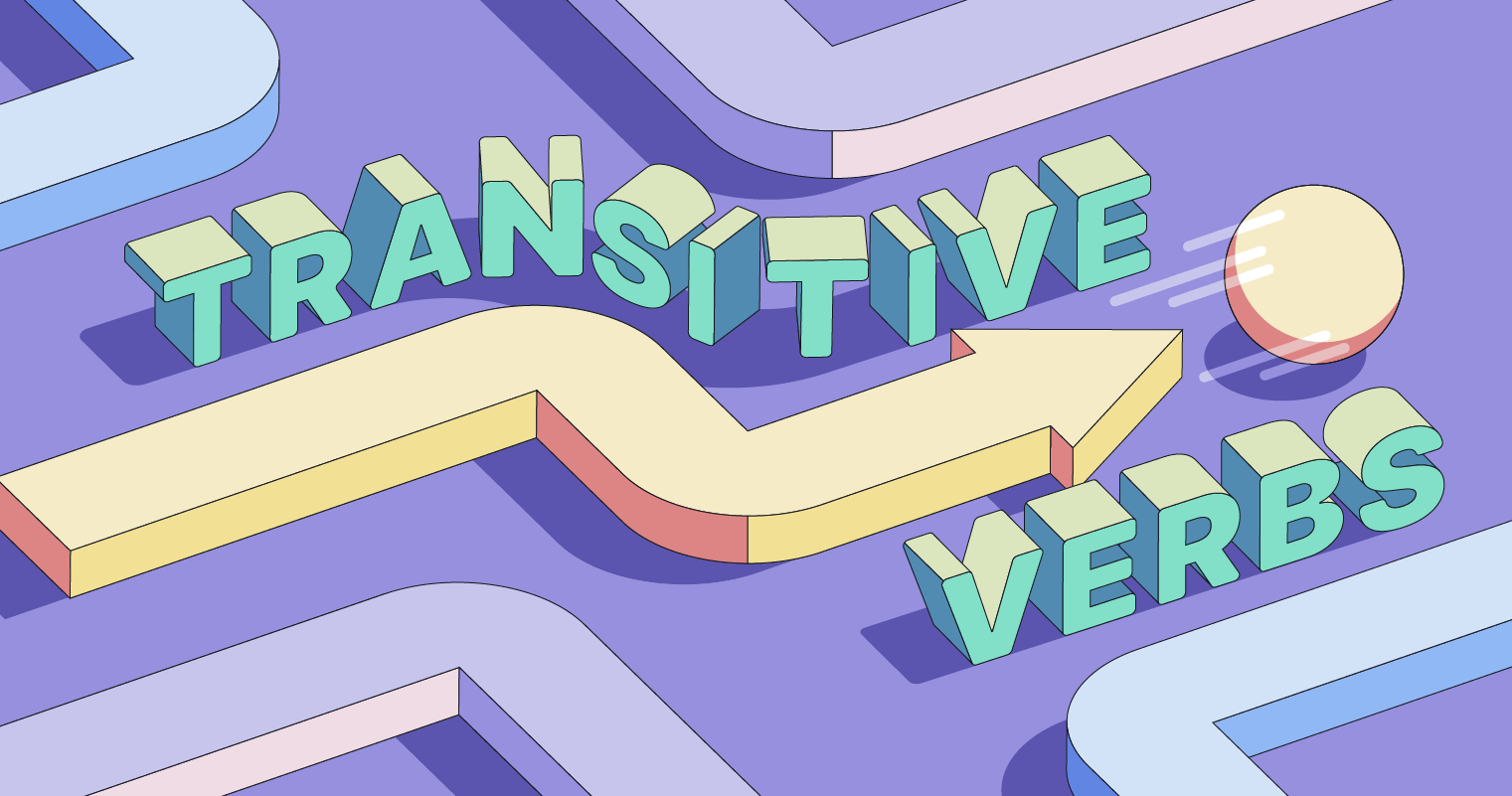Writing is a powerful tool that allows us to express our thoughts, emotions, and ideas. However, not all writing is created equal. There are two distinct styles of writing – transitive and intransitive. Understanding the differences between these two styles can help writers convey their message more effectively.
Transitive writing involves a clear subject performing an action on an object. This style of writing is straightforward and direct, leaving no room for ambiguity. Transitive writing is often used in academic papers, technical manuals, and news articles where clarity and precision are essential.
Transitive and Intransitive Writing
In contrast, intransitive writing focuses on the subject and its action without the need for an object. This style of writing is more abstract and poetic, allowing for interpretation and creativity. Intransitive writing is commonly found in literature, poetry, and creative writing where emotions and imagery play a significant role.
While transitive writing provides a clear and concise message, intransitive writing allows for a more nuanced and artistic approach. Both styles have their place in the world of writing, and skilled writers know how to incorporate elements of both to create compelling and engaging content.
When writing, it is essential to consider the purpose and audience of your piece. Transitive writing may be more suitable for delivering information or instructions, while intransitive writing can evoke emotions and spark imagination. By understanding the differences between these two styles, writers can tailor their content to achieve the desired effect.
In conclusion, transitive and intransitive writing offer unique approaches to conveying a message. Whether you prefer the clarity of transitive writing or the creativity of intransitive writing, both styles have their strengths and can be used effectively in various contexts. As a writer, it is essential to experiment with both styles and find the balance that best suits your writing style and goals.
